 What your organization provides defines its “product.”
What your organization provides defines its “product.”
Most nonprofits believe they’re not in the product game. So they prefer to refer to themselves as service providers or humanitarian organizations.
Yet everyone seems to be talking recently about how marketing — even for nonprofits — revolves around having a distinguishable product. This means that when a product/service/organization is unique, and ideally a “game changer,” marketing and fundraising become a lot easier. And a lot less expensive.
Well-known author and blogger Seth Godin started this conversation with his post and diagram about The Circles of Marketing. He argues that if a product/service/organization is remarkable to start with, much of marketing/fundraising will virtually take care of itself.
Another blogger, The Agitator, highlighted Godin’s “circles” post and noted that marketing/fundraising professionals rarely get the opportunity to shape, much less invent, the organizational “product” they’re selling. As a result, fundraisers/marketers “… can only do so much to make a nonprofit more appealing.”
Both Godin and The Agitator are correct. But not completely correct.
Your nonprofit is only a commodity if you let it be one.
Regardless of whether nonprofits see what they provide (and how they provide it) as a “product,” I believe there’s an important takeaway from both bloggers: Anytime you can create something unique, marketing efforts are enhanced and naturally become simpler.
What Godin and The Agitator missed, however, is that every organization has something called “inherent drama.”
This means that if you have supporters now, there’s probably a good reason for it. It could be because of how you do things. Or the results you achieve. Or the way you train your people or engage supporters. Or the fact that your overall vision is incredibly compelling.
The bottom line is that every organization has some aspect or attribute that makes it remarkable.
Sometimes it just takes a little more probing and soul searching to uncover it.
(To be fair, The Agitator does allude to something close to “inherent drama” by talking about “organizational virtues” and the need to make those “shine forth” in all communications. But in this particular post, he did not make it clear that to “know” these virtues often requires a lot of digging, not to mention the confidence that there’s almost always a treasure to be unearthed.)
Frequency still wins.
Godin and The Agitator also discount the advantage of yelling the loudest.
While it’s easy to agree that unique organizations with remarkable stories intrinsically create ideal marketing/fundraising situations, more often than not, organizations that get their message out (even in mundane fashion) with a high level of frequency are typically the leading fundraiser in the market or category.
Much to my chagrin, I see this fact play out almost every day. Unremarkable companies, products, services, and organizations are achieving high levels of success simply because they do scream — and scream often.
In short, frequency almost always wins — even over better “products” and more remarkable messaging. (And trust me, I’ll be talking more about this in future posts.)
What about your organization? Does it have a remarkable product offering? Have you unearthed its “inherent drama,” and are you using it to differentiate from other nonprofits? Do you agree that frequency wins even if you have poor product definition?
